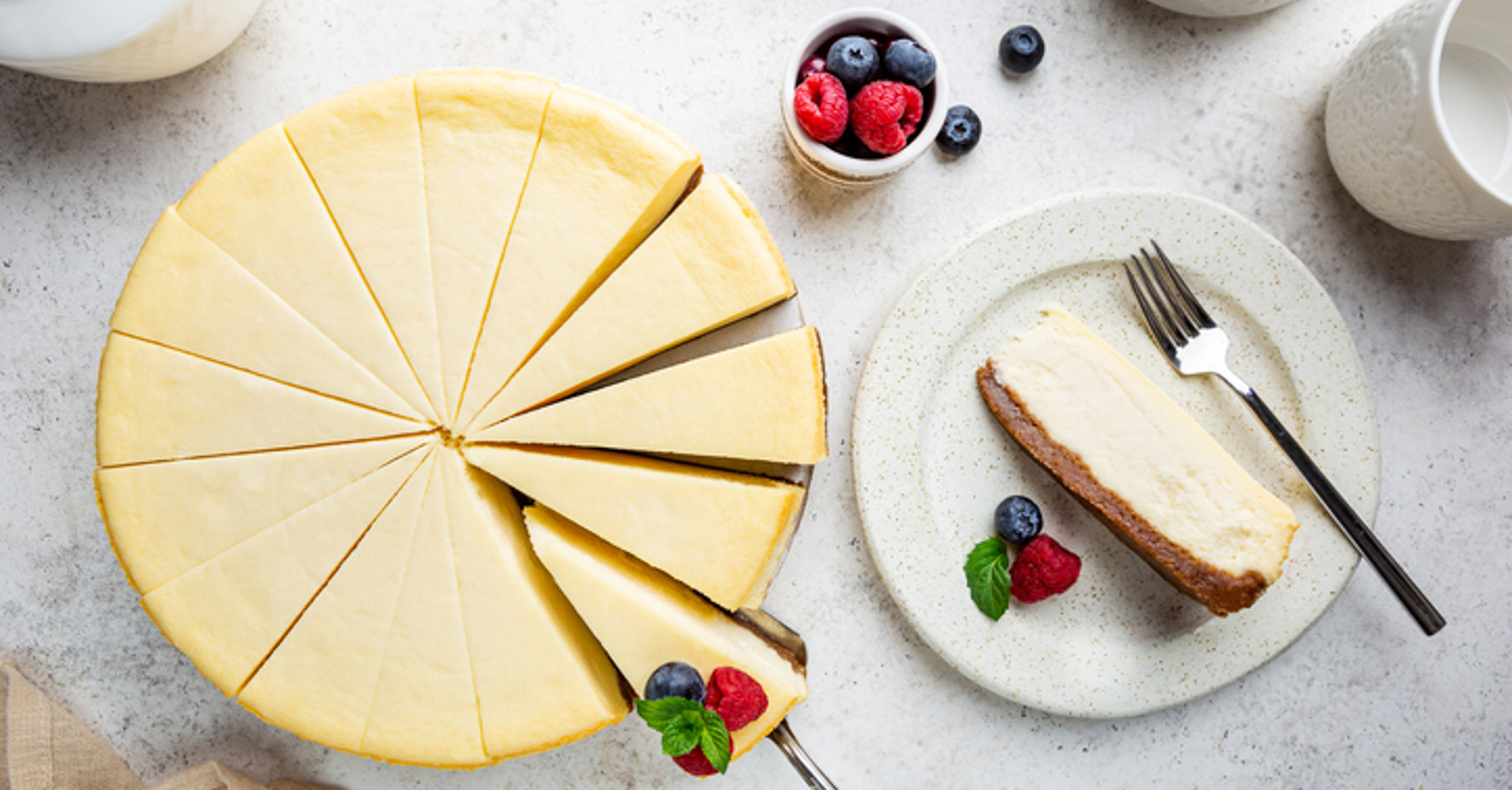Lemon is a very popular ingredient used in Italian desserts. Many cheesecakes use pastry as a base; however, the use of wheat flour makes the cheesecakes unsuitable for people following a gluten-free diet. This dish uses a gluten-free biscuit base rather than pastry to make it suitable for people with gluten dietary requirements.
This dish takes only 25 minutes to prepare, is quick and easy, and utilises popular store-bought products, so it is a very practical dessert. This cheesecake can also be easily modified to adapt to different dietary and nutritional requirements.
Serves: 16 small slices or individual cupcake sizes
Dietary: suitable for vegetarian, coeliac, nut-free
Contains: Milk (Mascarpone, Greek yoghurt)
May Contain: Soya (biscuits), lupin (biscuits)
Preparation time: 25 minutes
Cooking time: Chill overnight
INGREDIENTS
2 cups (175 g) gluten-free digestive biscuit (plus 1 to 2 biscuits crushed for topping, optional)
1 lemon, zested and juiced
2 tsp vanilla extract (if using vanilla yoghurt, use 1 tsp of vanilla extract)
¼ cup (50 g) caster sugar
1⅓ cup (320 g) Mascarpone, light or reduced fat
3 Tbsp (135 g) Greek yoghurt, low fat, plain or vanilla
1 large banana or 2 small bananas
METHOD
- Wash hands.
- Crush the biscuits in a bag using a rolling pin until they reach a slightly larger texture than breadcrumbs.
- Mash the bananas into a bowl and add to the biscuit mixture. Mix until the biscuit mixture comes together.
- Evenly spread to the bottom of a 20 cm cake tin lined with greaseproof paper. Alternatively, spread into individual cupcake holders.
- Chill in the fridge whilst making the filling.
- Zest the lemon, cut it in half, and juice the lemon.
- Mix the mascarpone cheese, Greek yoghurt, lemon juice, lemon zest, sugar and vanilla extract into a large mixing bowl. Ensure not to mix too much.
- Once it comes together, evenly pour the filling mix on top of the biscuit mixture and set aside in the fridge overnight.
- Serve.
This recipe was donated by Lauren Hughes, a Student Nutritionist, Liverpool Hope University
NUTRITION INFORMATION
Per serving: (55 g) 16 small slices or cupcake sizes
Total calories: 126 kcal
Fat: 6.7 g
of which Saturates 3.9 g
Carbohydrate: 12.0 g
of which sugars 7.7 g
Fibre: 0.8 g
Protein: 3.5 g
Salt: 0.12 g
NUTRITION FACTS
- Both mascarpone and Greek yoghurt are excellent sources of protein.
- This recipe is low in salt, with moderate fat and sugar content.
- Using banana instead of melted fat reduces the fat content and increases the fibre content.
- Adding strawberries, blueberries or raspberries will also increase the fibre content.
VARIATIONS
- The base of the cheesecake can be prepared using different methods. For example, a food processor could achieve a finer base and be easier to prepare.
- This dish could include more fruit by adding fruit ingredients to the base of the cheesecake. Dried fruits such as raisins could be added to the base or the filling to increase fruit content. More fruit, such as blueberries or strawberries, could also be added to the dish filling.
- This dish can be frozen if required. Prior to freezing, it may be useful to portion up the cheesecake and freeze it in individual slices, and when de-frosting, carry it out slowly in the fridge.
- This dish uses gluten-free biscuits as the base; however, this could be substituted for something else, such as regular biscuits or crushed nuts. Flavours can also be modified in this dish, such as using ginger biscuits as the base to change the taste.
Consumer Tested by Aoife Kelly, Student Nutritionist,
Checked by Kathy Lewis, Registered Nutritionist,
© The Caroline Walker Trust 2021

